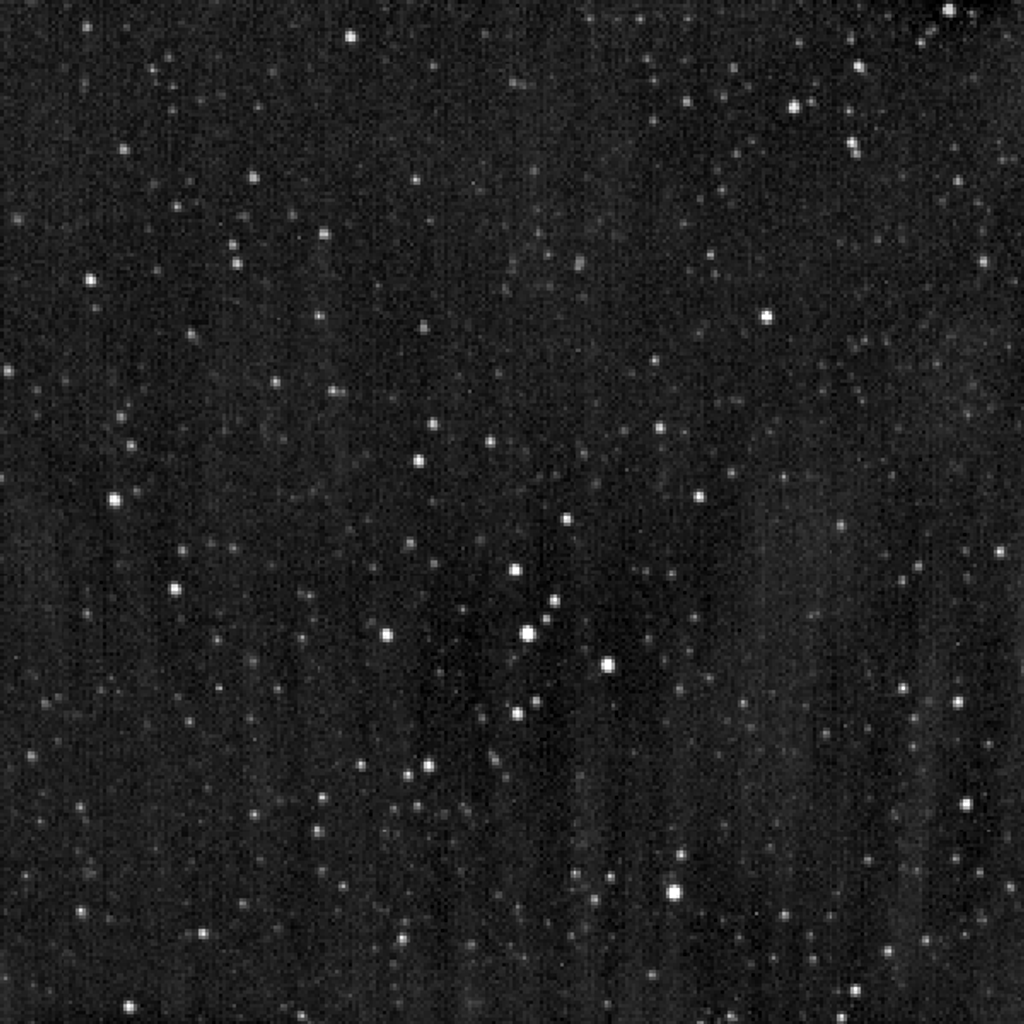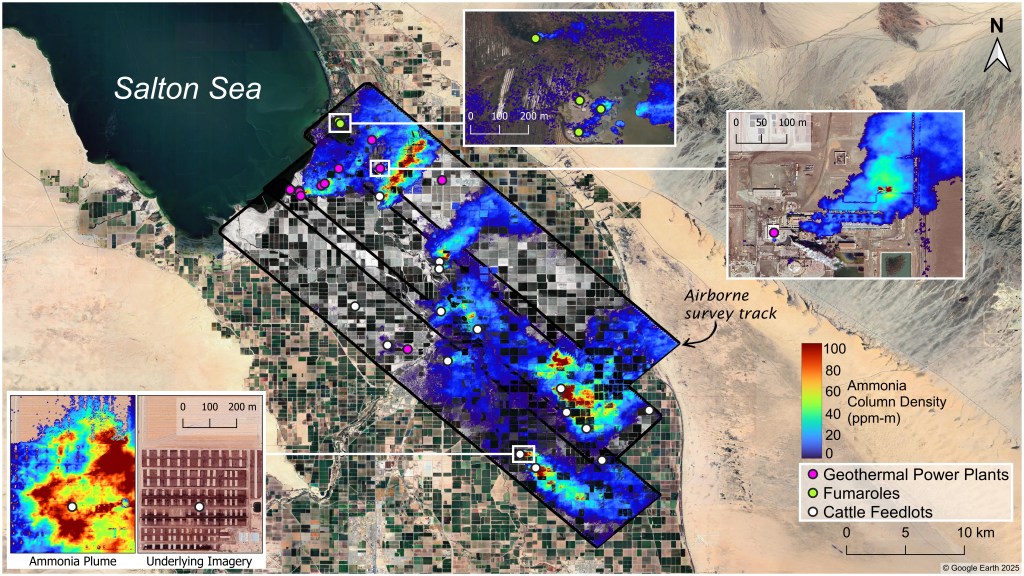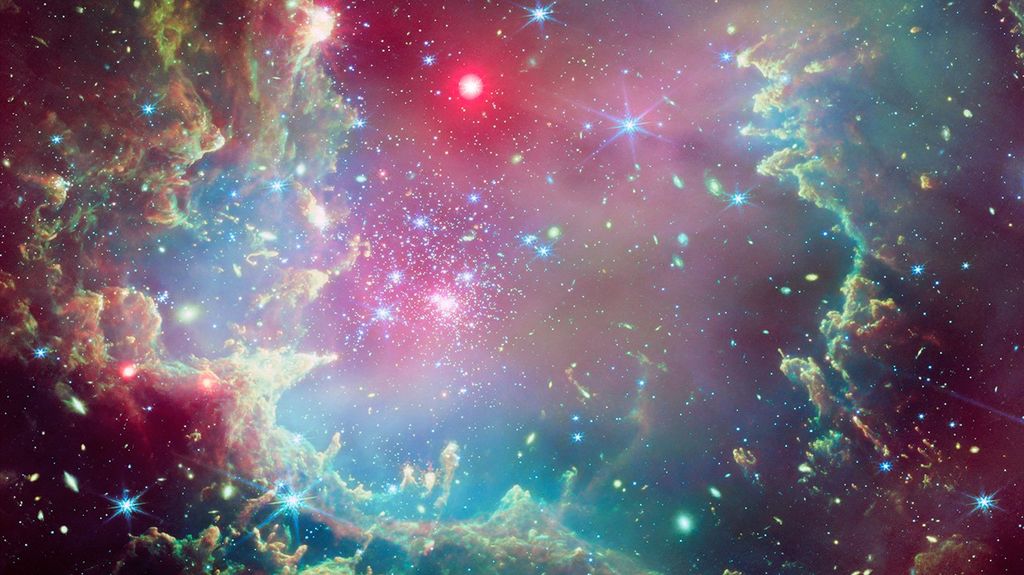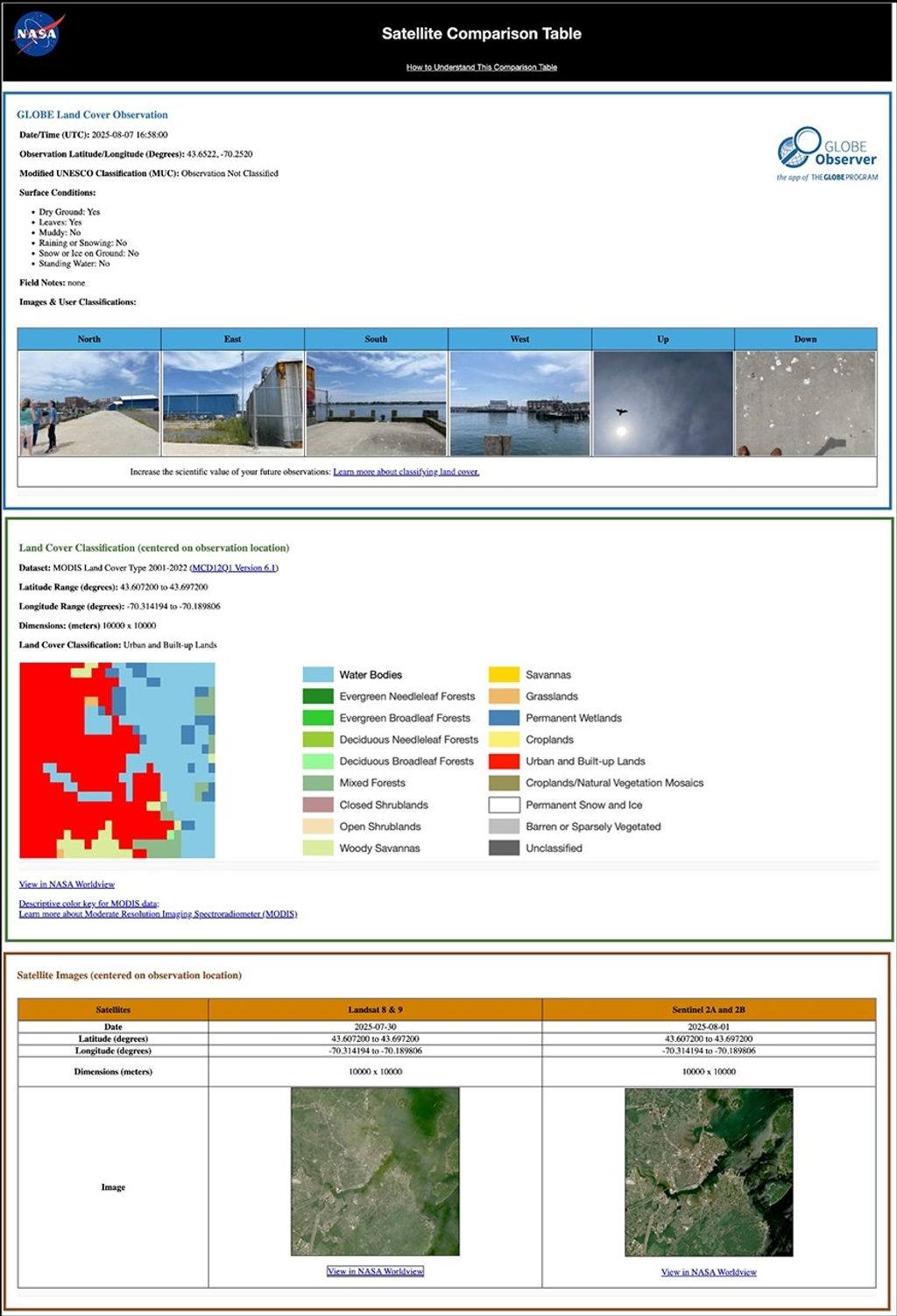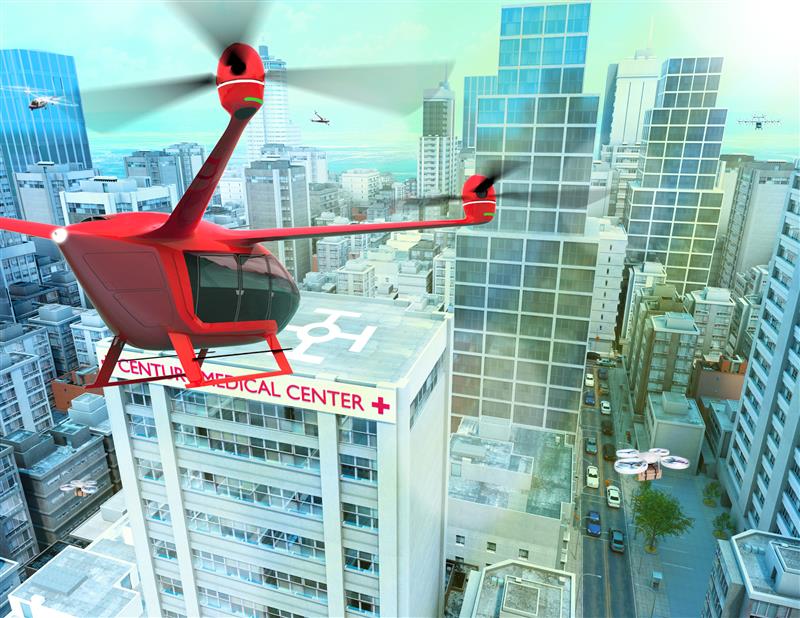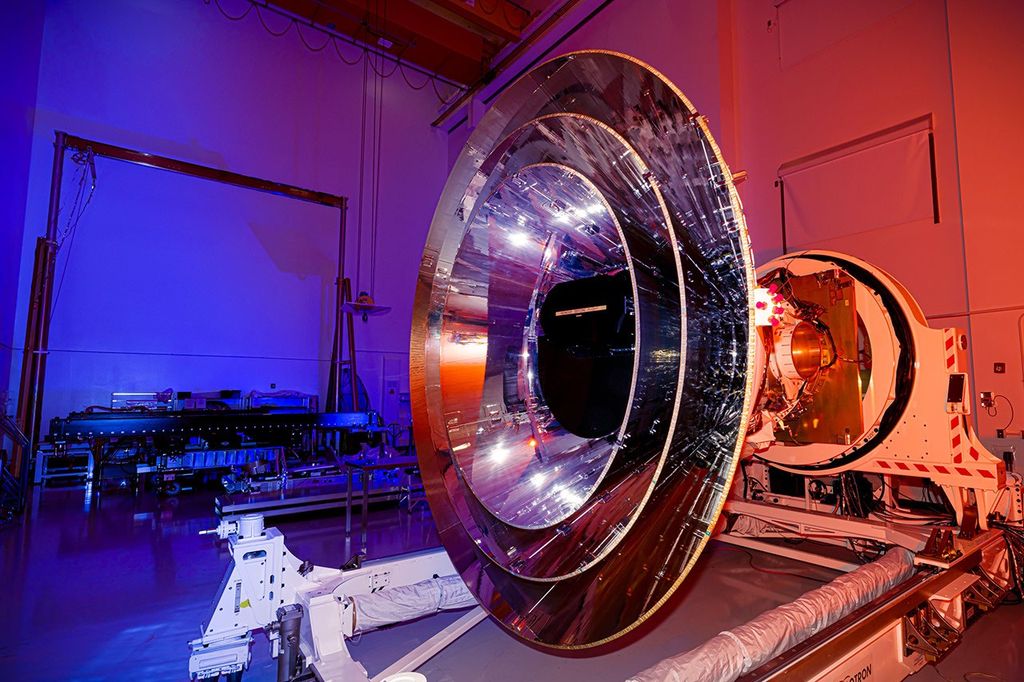ISS Daily Summary Report – 03/23/15
Space-X 6 Preparations: Virts and Cristoforetti reviewed capture procedure, proficiency training on the SpX mission profile, rendezvous procedures and crew interfaces for monitoring and commanding the vehicle. The lesson walked through the steps in the rendezvous procedures and provides representative Robotic Workstation (RWS) and PCS screenshots for each step as well as provided an overview of the SpX commands available to the crew via the Crew Command Panel (CCP).
Ocular Health: Virts completed his Flight Day (FD) 120 Ocular Health session. Today’s session included a vision test and questionnaire, then with Cristoforetti as the Crew Medical Officer (CMO), eye pressure measurements were collected using the tonometer, then blood pressure measurements, and finally Optical Coherence Tomography (OCT). Tomorrow, Virts, again with Cristoforetti assisting as the CMO, will collect retinal images using the fundoscope. The Ocular Health protocol calls for a systematic gathering of physiological data to characterize the risk of microgravity-induced visual impairment/intracranial pressure in ISS crewmembers. Researchers believe that the measurement of visual, vascular and central nervous system changes over the course of this experiment and during the subsequent post-flight recovery will assist in the development of countermeasures, clinical monitoring strategies, and clinical practice guidelines.
Biochemical Profile: Cristoforetti began her FD 120 Biochemical Profile collections. She collected and processed urine and blood samples and inserted them into Minus Eighty Degree Celsius Laboratory Freezer for ISS (MELFI) for return and ground analysis. The Biochem Profile experiment tests blood and urine samples obtained from astronauts before, during and after spaceflight. Specific proteins and chemicals in the samples are used as biomarkers, or indicators of health. Post-flight analysis yields a database of samples and test results, which scientists can use to study the effects of spaceflight on the body. An improved understanding of the biochemical effects of microgravity could help patients with limited mobility on Earth, such as those on bed rest. Understanding how various physiological systems respond and interact to changing gravity conditions could help physicians design different treatments or exercises for people with limited mobility.
Salivary Markers of Metabolic Changes during Space Missions (Check-Saliva): Cristioforetti completed her FD 120 Bone and Muscle Check collections and stowed them in MELFI for return and ground evaluation. Check-Saliva tests crewmembers’ saliva, blood, and urine before, during and after spaceflight to study whether saliva tests can serve as reliable health monitors. Long-term exposure to the microgravity environment results in reduced bone and muscle mass which is related to changes in certain substances in the bloodstream and urine. Some of these changes can also be detected in saliva samples so tests using Check-Saliva can validate whether saliva and/or urine can be used as simple, non-invasive tools to monitor crewmembers’ bone and muscle status during a space mission.
Today’s Planned Activities
All activities were completed unless otherwise noted.
- HRF Urine Sample Collection
- HRF – Sample MELFI Insertion
- HRF – Blood Draw – Subject
- HRF – Blood Sample Collection (assistance)
- HRF – Crew configures the Refrigerated Centrifuge for sample load operations
- CARDIOVECTOR. Experiment Ops. / r/g 8296
- HRF – Crew removes blood tubes and powers off the Refrigerated Centrifuge.
- HRF – Sample MELFI Insertion
- HRF Blood Collection and Processing Hardware Stowage
- Greasing Exposed ARED Wires
- Ocular Health (OH) – Vision Test
- Vision Questionnaire
- Ocular Health (OH) – Tonometry Test Configuration
- Ocular Health (OH) – Crew performs blood pressure measurement and records results
- Ocular Health (OH) – Tonometry Test – Operator
- Ocular Health (OH) – Tonometry Test – Subject
- Post-Tonometry Stowage
- [СМОК] Replacement. / r/g 8274
- ARED prep for exercise session
- CWC Fill – part 1
- CWC Fill- part 2
- Bone/Muscle Check (BMC) – Sample Insertion into MELFI
- HRF – Equipment stowage after sample collection
- [СМОК] Replacement. / r/g 8274
- Crew Discretionary Conference
- WRS – Recycle Tank Fill
- OBT – Dragon Robotics Review
- OBT – Dragon Rendezvous and Berthing Procedures Review
- Inter-Orbit Communication System (ICS) Comm Check
- OBT – Dragon Rendezvous and Docking Conference
- Optical Coherence Tomography (OCT) Setup
- OBSTANOVKA. Preparation Ops / r/g 8295
- IMS Delta File Prep
- Exercise data downlink / r/g 6797
- OCT Hardware Setup
- WRS – Recycle Tank Fill
- Vision Test, Subject
- Vision Test, Operator
- OCT Hardware Stowage
Completed Task List Items
- Completed Saturday:
- COL stow consolidation
- Wearable monitoring vest doffing
- ARED cylinder R&R
- ESA PAOs (2 total)
- USB card reader relocate
Ground Activities
All activities were completed unless otherwise noted.
- N3 CDRA safing
- Ocular Health support [In Work]
- Battery 2B2 reconditioning [In Work]
- Transition to OCA21 and test [In Work]
Three-Day Look Ahead:
- Tuesday, 03/24: JEM IMV flow measurements, Ocular Health, TripleLux, OBT Dragon RoBOT part 1, N3 CDRA valve R&R
- Wednesday, 03/25: Ocular Health, TripleLux, CubeSat deployer/MPEP/SAM remove, JEM A/L slide table retraction
- Thursday, 03/26: JEM A/L slide table extension, RRM hardware install on slide table
QUICK ISS Status – Environmental Control Group:
| Component | Status |
| Elektron | Off |
| Vozdukh | Manual |
| [СКВ] 1 – SM Air Conditioner System (“SKV1”) | On |
| [СКВ] 2 – SM Air Conditioner System (“SKV2”) | Off |
| Carbon Dioxide Removal Assembly (CDRA) Lab | Standby |
| Carbon Dioxide Removal Assembly (CDRA) Node 3 | Standby |
| Major Constituent Analyzer (MCA) Lab | Idle |
| Major Constituent Analyzer (MCA) Node 3 | Shutdown |
| Oxygen Generation Assembly (OGA) | Process |
| Urine Processing Assembly (UPA) | Process |
| Trace Contaminant Control System (TCCS) Lab | Warmup |
| Trace Contaminant Control System (TCCS) Node 3 | Full Up |






